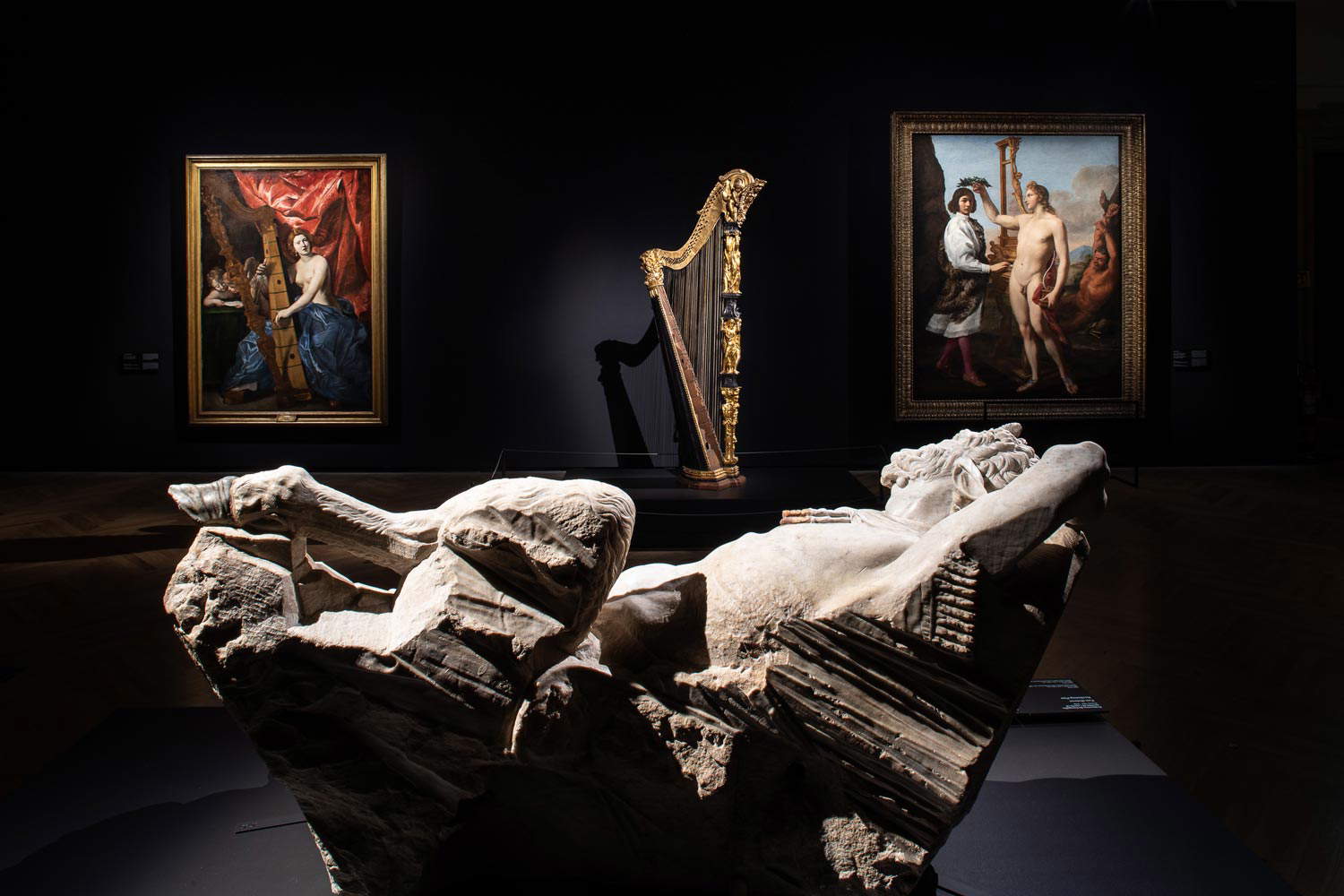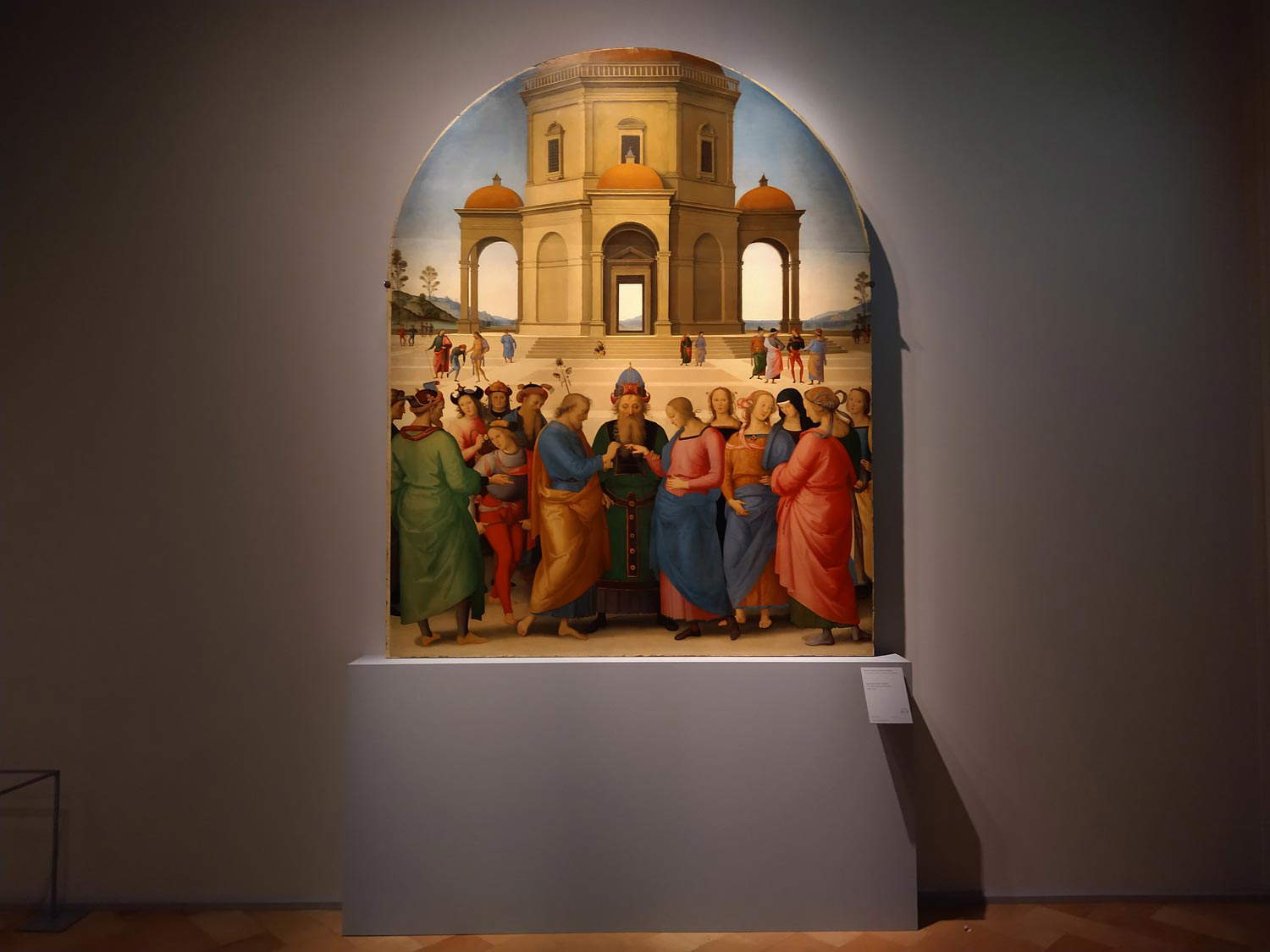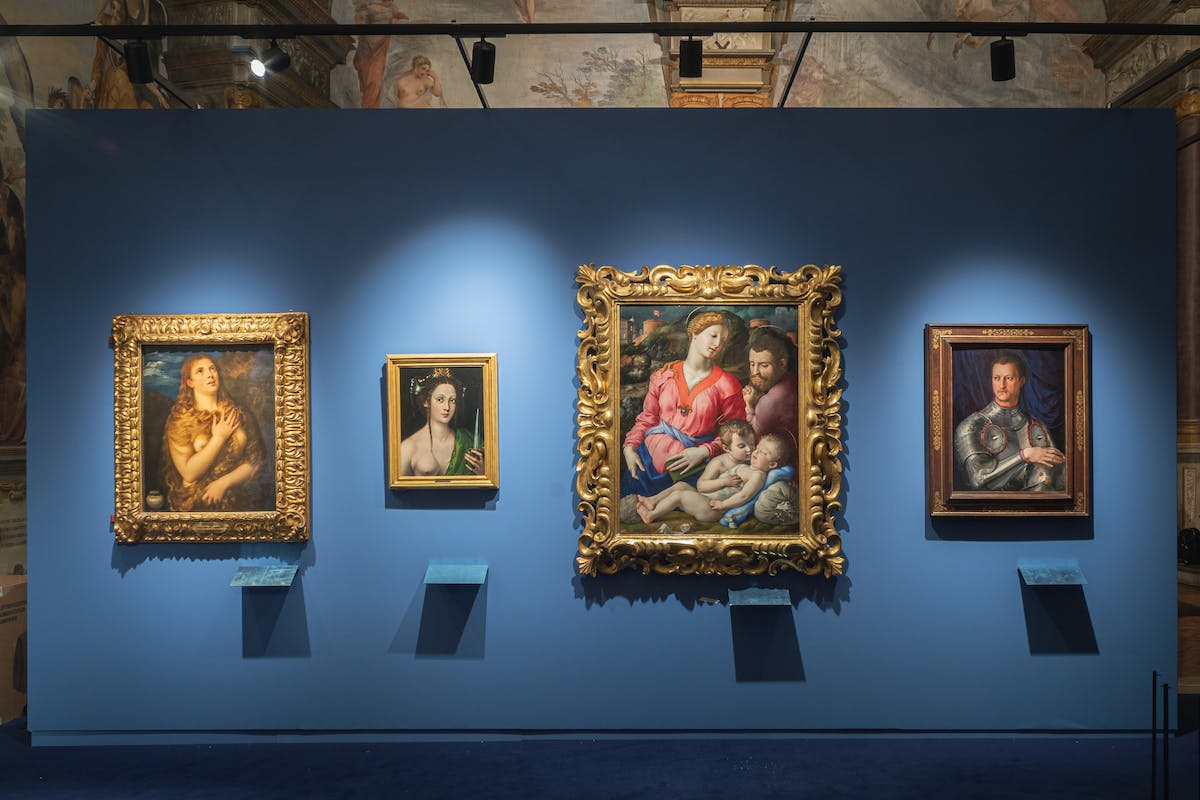In Italy there existed a sort of golden age of exhibitions, full of events of international scope and the result of prestigious collaborations and full-bodied loan campaigns, which today is inexorably over, the accomplice of an autarchy into which our museums have plunged and from which they must recover by returning to designing necessary exhibitions. This, roughly speaking, is the thesis of Vincenzo Trione, who from the columns of the Corriere today launches a reprimand(The cultural role (which there is little of) in museums), steeped in nostalgia for certain supposedly good old days, to our museum system, incapable, according to him, of still exercising a leading cultural role. “Formidable those years,” says Trione, when there were palimpsests “full of exhibitions destined to remain”: the critic does not say which were the formidable years, nor which were the exhibitions destined to remain, so the accusation remains very vague, and it will therefore be necessary to go a little tentative in formulating a response. The accused does seem to be delineated with some precision, however, since Trione, the current president, since 2020, of the Ministry of Culture’s Cultural Assets School Foundation, mentions Capodimonte, Brera, Uffizi and GNAM, or four state museums, in his article. Is it true then that state museums are no longer able to organize major exhibitions?
The short answer, of course, can only be negative: our state museums are still capable of organizing quality, necessary exhibitions, international in scope, dense with loans from foreign museums, attractive to the public and scholars, filled with scientific novelties, the result of long and in-depth studies. Just to name three on the fly organized by state museums in the past year, the one on Urban VIII at Palazzo Barberini, the one on Perugino at the National Gallery of Umbria and the one on Eleanor of Toledo at Palazzo Pitti come to mind. We won’t stay here to reiterate why these were three quality and high-level exhibitions (those who wish to delve deeper will find the relevant, detailed, richly illustrated reviews on these pages): we will simply point out that these three reviews are enough to demonstrate that a public interested in major exhibitions, and perhaps even in seeing cornerstones of art history that are lent to Italy from abroad (Perugino’s Wedding , or Poussin’s Death of Germanicus , for example), still finds occasion to visit our state museums. Vincenzo Trione’s intemerata needs to be better contextualized, however, although we do not know what golden age the critic is referring to, nor what major exhibitions he has in mind.

 Exhibition on
Exhibition on
Of course, there is no need to go too far back in time, although one of the rare examples, related to ancient art, that Trione adduced in his Against Exhibitions was the exhibition on Caravaggio at the Palazzo Reale in 1951: obvious that if the references are these, the current panorama can only seem bleak, but we are introducing a comparison with the pioneering seasons of art history, and to regret exhibitions on Caravaggio such as Longhi’s is tantamount to complaining that exploratory expeditions of the Australian coasts are no longer organized (although, of course, there are still many unexplored territories in art history today). At most, with cinema in mind, updated remakes could be introduced, as had happened a few years ago at the Palazzo Reale with the exhibition Arte lombarda dai Visconti agli Sforza, which replicated a 1958 exhibition of the same name taking into account the evolutions of the subject matter in the following sixty years. And from the point of view of method obviously from the 1950s to today we have made some progress, so to refer to those models is a purpose that is no longer current, unless we speak, generically, of projects that are the result of accurate scientific work as the result of long and careful studies. And, in this case, there is no shortage of good examples today. We can then start from a watershed, namely the Franceschini reform, which also granted museums “cultural” autonomy, so to speak, making directors free to decide what line to take for their own institutions. Take Brera, for example: the last “major exhibition” (assuming that “major” is also to be understood in the sense of quantity, and at Brera, due to space problems, there have never been, at least in recent times, exhibitions with dozens of loans) can be considered the one on Giovanni Bellini in 2014 (about 30 works in all, though all first-rate works). Then, the first autonomous director, James Bradburne, in a more than legitimate political choice, decided to focus mainly on the collections, forgoing “big exhibitions” to mount small, focused focuses. The case of the Uffizi is different, which, on the contrary, has never given up on large exhibitions and, on the strength of its autonomy, has even intensified its calendar compared to the pre-reform period and has also further opened up to the territory with a commendable operation such as the Uffizi Diffusi. At Palazzo Barberini the situation has even improved since with the recovery of the rooms on the ground floor of the South Wing, the new “Spazio Mostre” was opened, only three years ago, which has already hosted major exhibitions, such as the one on Judith or the one on the arts at the time of Galileo, and the already mentioned exhibition on Urban VIII.
For many autonomous museums then (almost all of them), the new situation has provided the occasion for extensive and much-needed rearrangements that have affected all the museums as a whole: natural, then, that a museum focused on making itself modern and presentable may have reviewed, rightly, its priorities and may therefore have postponed until a later date the major appointments (which, however, have been and still are there). And probably, if museums had focused their efforts on exhibitions and not on their collections, accusations of a different tenor would have rained down against them today. It should also be remembered that we are in a time of substantial rethinking of museum policies: the case of Brera is less and less isolated, the practice of onerous lending is becoming more and more widespread and often puts smaller entities in difficulty, the commitment of museums is being directed toward more sustainable and more urgent, and in this framework even the possible renunciation of the “big exhibition,” the huge and unrepeatable review with hundreds of works, does not necessarily mean the museum’s abandonment of its cultural role. It simply means that its action is shifting. In the pages of our paper, Suhanya Raffel, director of the Museum for Visual Culture in Hong Kong, speaking on the topic of museums at the challenge of sustainability, explained that “we can, as institutions,” extend “exhibition periods” and seek “a more local and regional sharing of collection-based exhibitions.” A museum that turns its gaze to its collections, perhaps with repeated appointments, focusing on the local area and thinking about sustainability (environmental, financial), is a museum that is not only inviting the local public (i.e., the public that should be its own audience, the public that should routinely attend the museum, without waiting for the big exhibition) to make repeated returns, but is also taking a well-defined and meaningful cultural stance. Why should this be a downsizing of a museum’s cultural role?
It is true then that in recent years there have been many questionable choices: exhibitions that are not exactly unforgettable, banal blockbusters that overshadow research exhibitions, museums that have decided to become exporting subjects (like Capodimonte). But our museums still have the capacity, strength and financial resources to organize important exhibitions, on par with international ones, with the added feature that in Italy even audiences in the suburbs have the opportunity to visit important reviews. However, it is also necessary to ask ourselves, without sighing thinking about the past, whether the “major exhibition” paradigm can still be said to meet the challenges museums face in the present years. The numbers of museum visitors, growing almost everywhere, show that demand is also growing. But what are visitors asking for? The exhibition system was already undergoing a conspicuous transformation in the years leading up to Covid, and the pandemic has, if anything, made clear the need for a shift toward more focused, more vertical, valuable exhibitions. And I think a number of state museums have now realized that the transformation is taking place and have already begun to gear up for the purpose.
Warning: the translation into English of the original Italian article was created using automatic tools. We undertake to review all articles, but we do not guarantee the total absence of inaccuracies in the translation due to the program. You can find the original by clicking on the ITA button. If you find any mistake,please contact us.